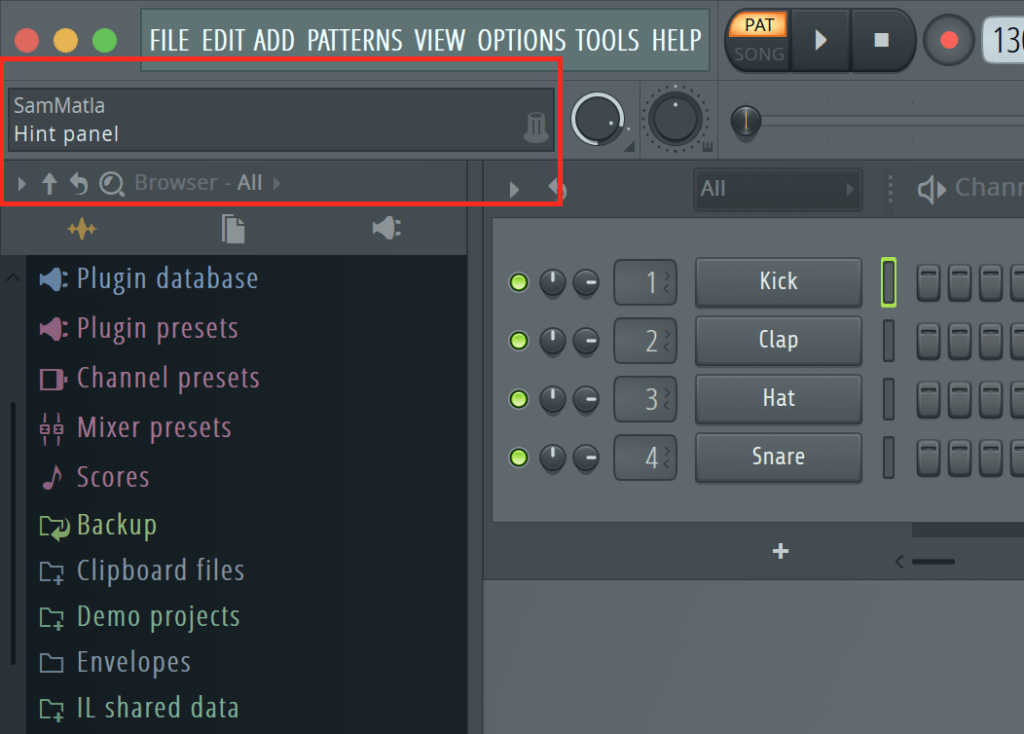
Put it on your hats channel and turn the reverb down to 1-4% - you may notice a more "excited" tone. If you feel as if they lack a bit more 'character', try using a VERY small amount of the Fruity Reverb.

This should bring out the treble you're seeking. Tweak it carefully until the kick sounds about right to your ears.Īs for hi-hats that lack crisp tone, just use the Fruity Parametric Equalizer 2 on your hats' mixer channel to boost the higher frequencies (around 5000Hz-8000Hz). If that doesn't work, try the Fruity Soundgoodizer and raise the preset "A" just a tad bit - maybe 10-20%. If your kick still doesn't sound "solid" or hard enough, throw a Fruity Compressor on it and add some gain while tweaking the other settings. If you want, you can even boost some of the higher frequencies to achieve a more crisp tone.

If you don't know how to tweak the Q, just refer to the far right of the EQ and you'll see "BW" knobs. Make sure to use the "BW" knobs to give it a tighter Q so you don't hog up too many frequencies. If your kick lacks boom/bump, use the equalizer to make a small boost at around 150Hz and 250Hz with a small drop in between them - perhaps, 200Hz (of course, it all depends on the sample you're using and/or what you want out of it). If your drum samples sound too bland/dry, throw a Fruity Parametric 2 Equalizer on the sample's mixer channel and tweak it carefully to achieve the sound you're looking for. You'll be able to approach each sample and tweak it the way you want to, and eliminate any muddiness this way.Ġ2. This will allow you to mix cleaner and bring out the potential bang of your samples. Make a channel for your kick, hats, snares/claps, sub-bass/bass-drum, and whatever else you want.

If you haven't already tried doing this, start designating individual channels on the mixer for your samples. If you don't have time to read all of this, just refer to the bold text for specific subject matters or the italicized text for key points.Ġ1. Mixing has its variables and it always depends on the nature of the track you're producing, the samples you're using, the direction you're aiming for, etc. I hear a lot of stuff on here that seems to lack in the drums department regardless of the sample's qualitative nature, and I figured I'd throw in my 2 cents for anybody who needs some help.īefore we get started, I just wanted to remind you that these are merely tips - not a guide to follow. Hey guys, just wanted to share some of my own drum mixing techniques with FLStudio users who want louder, crisper tones in their drum beats without having to purchase or acquire specified sample packs.


 0 kommentar(er)
0 kommentar(er)
